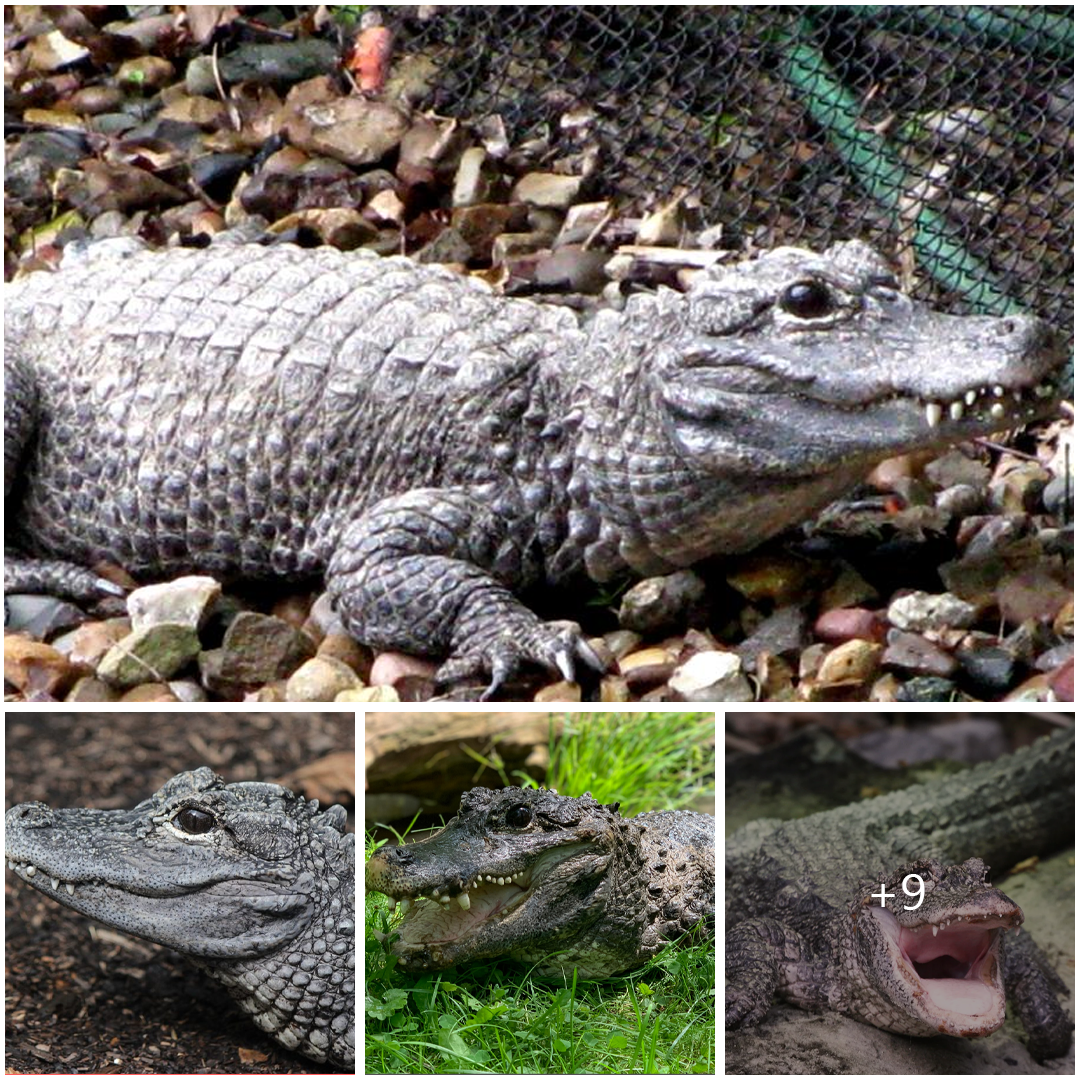
Exploring the Enigmatic Chinese Alligator: A Living Fossil of Ancient China
The Chinese alligator, scientifically known as Alligator sinensis, is a remarkable creature that has captured the curiosity of scientists and conservationists alike. As one of the rarest crocodilian species in the world, it holds a special place in the realm of wildlife conservation due to its unique evolutionary history and precarious status in the wild.
Origins and Evolution
The Chinese alligator is a living fossil, representing an ancient lineage that dates back over 200 million years. Once widespread across China, it now finds itself confined to a few isolated regions, primarily in the Yangtze River basin. This diminutive crocodilian species is considerably smaller than its American counterpart, the American alligator, with adults typically reaching lengths of around 5 to 7 feet.
Habitat and Behavior
These elusive reptiles are highly adapted to their aquatic habitats, preferring slow-moving rivers, streams, and marshes with ample vegetation for cover. They are primarily nocturnal hunters, preying on fish, crustaceans, small mammals, and birds. Despite their fearsome reputation, Chinese alligators are generally shy and reclusive, avoiding human contact whenever possible.
Conservation Challenges
The Chinese alligator faces a myriad of threats to its survival, including habitat loss, pollution, poaching, and human-wildlife conflict. Rapid urbanization and agricultural development have led to the destruction of vast swathes of its natural habitat, pushing the species to the brink of extinction. In addition, illegal hunting and the collection of eggs for traditional Chinese medicine further exacerbate its plight.
Conservation Efforts
Recognizing the urgent need to protect this iconic species, conservation organizations and government agencies have implemented various initiatives to safeguard its future. Captive breeding programs, habitat restoration projects, and community outreach initiatives are all integral components of conservation efforts aimed at reversing the decline of the Chinese alligator population.
The Road Ahead
While significant challenges remain, there is hope on the horizon for the Chinese alligator. With continued dedication and collaboration among stakeholders, there is potential to secure a brighter future for this ancient and enigmatic species. By raising awareness, implementing sustainable practices, and fostering coexistence between humans and wildlife, we can ensure that the Chinese alligator remains a living testament to China’s natural heritage for generations to come.





